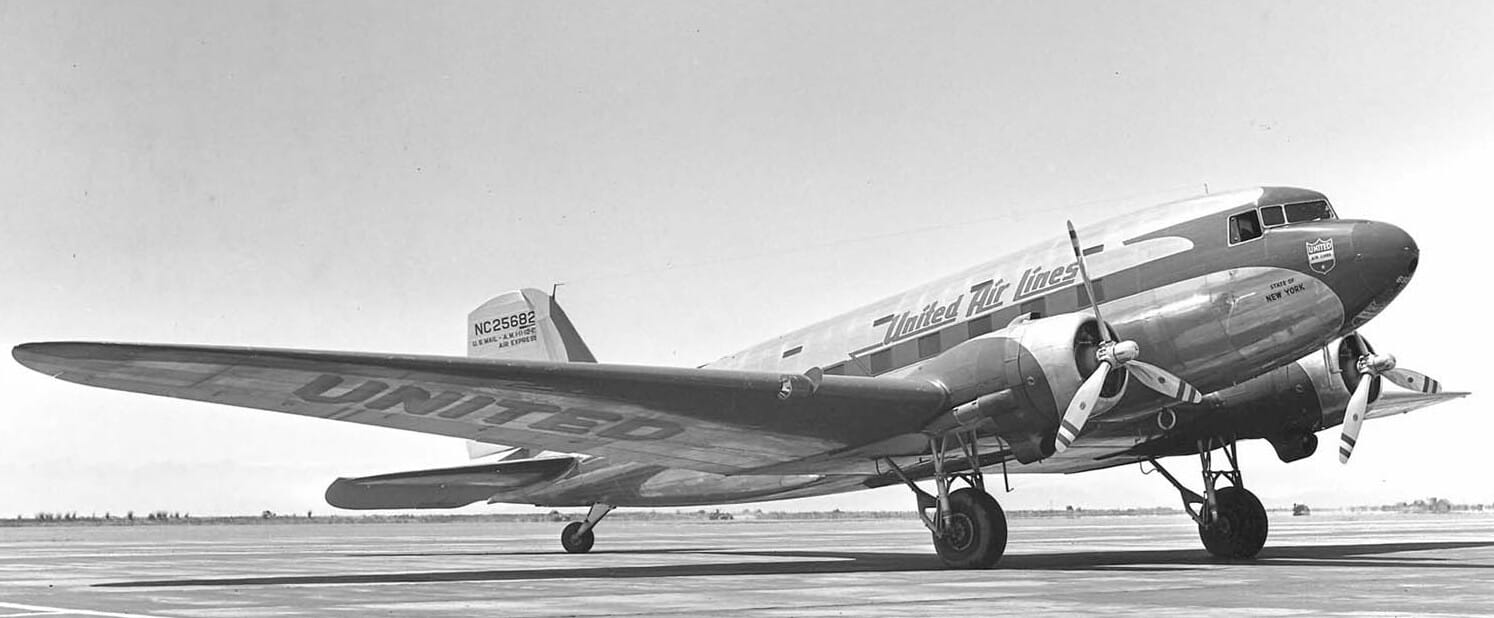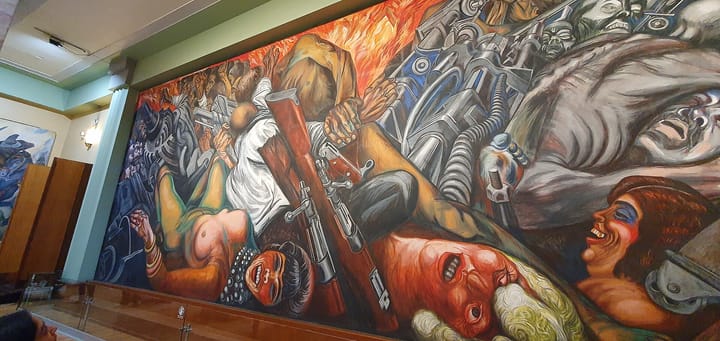The plane that won't quit: celebrating the Douglas DC-3.
Over 150 DC-3s are still flying today in 2023, nearly 90 years after the first one went aloft. That's amazing!

I’m generally a bigger fan of ships than planes, but I have to say I’ve got a soft spot in my heart for the DC-3. I would venture to say that the DC-3 is probably the most important airplane of all time, excluding (perhaps) the original Wright Flyer, which first flew 120 years ago yesterday (December 17). But the DC-3--undoubtedly the most popular, durable and significant airliner ever built--also flew for the first time on the same date, 88 years ago yesterday, on December 17, 1935. Thus, I thought we should celebrate the birthday of this amazing plane by taking a look at its fascinating role in the history of aviation.
The idea for the DC-3 was hatched in 1933 when the CEO of American Airlines, C.R. Smith, demanded that the Douglas company build him a plane that would enable American to compete in the rush for cross-country air service, which then was being won by TWA. What Smith thought he needed was a plane with sleeping berths for long flights. Douglas went to work, and the “Douglas Sleeping Transport,” or DST, debuted in December 1935. There wasn’t even a prototype of the DC-3 built. The very first one that rolled off the assembly line went into service for American Airlines. With its passenger-friendly design and beefed-up engine power compared to earlier airliners, the DC-3 could fly from coast to coast (U.S.) in 15 hours with only three refueling stops. That gave it a decided advantage over any other airliner in the sky.
DC-3s almost immediately revolutionized American air travel. The days of the cold, clunky, uncomfortable planes like the Ford Tri-Motor were instantly a thing of the past. Douglas couldn’t build DC-3s fast enough, and eventually it was the backbone of the service fleets of Eastern, American, TWA and United Airlines. Passengers loved them because they were comfortable and felt safe. Pilots loved them because they were easy to fly. Airlines loved them because they were easy and cheap to fix. Above all the planes were built to last. Even long after many more advanced aircraft designs were developed, airlines all over the world were still flying DC-3s. They were proven workhorses.

When America went to war in 1941, so did the DC-3. Douglas began building a military variant of the plane, the C-47, to haul troops and cargo. Eventually the C-47 was joined by a similar model, the C-53. DC-3s were in the sky over Normandy on D-Day, air-dropping supplies to Allied troops battling to come ashore in France. They were used to ferry Allied supplies to China over “the Hump,” the treacherous air route across the eastern Himalayas from India, when the Japanese had cut off all other means to supply China (who people forget was a member of the Allies). Along with the ships, bombers and tanks that lay wrecked in ruins all over the world in the aftermath of World War II, there were plenty of DC-3s, who suffered casualties just like any other force.
Amazingly, the DC-3 was only manufactured for seven years, from 1935 to 1942, during which more than 11,000 of the planes were produced. That they ceased production more than 80 years ago makes it all the more incredible that there are still some of these planes flying today. According to a news story updated only last month (November 2023), there are 164 DC-3s still flying today, in places as far-flung as Colombia, India, Thailand and Mauritania as well as the U.S., Canada, Australia and a handful in the UK. Throughout the decades the DC-3 has been especially well suited for use in the developing world because it can land on dirt airstrips where other airliners would have no hope of going.
In our modern world we're so used to technological gadgets outliving their usefulness, whether from planned obsolescence or simply the never-ending march of innovation. But some things really are built to last. The DC-3 is definitely one of them.
The Value Proposition
Why should you be reading this blog, or receiving it as a newsletter? This is why.
☕ If you appreciate what I do, buy me a virtual coffee from time-to-time to support my work. I know it seems small, but it truly helps.
📖 You could also buy my newest book.
🎓 Like learning? Find out what courses I’m currently offering at my website.
📽 More the visual type? Here is my YouTube channel with tons of free history videos.



Comments ()